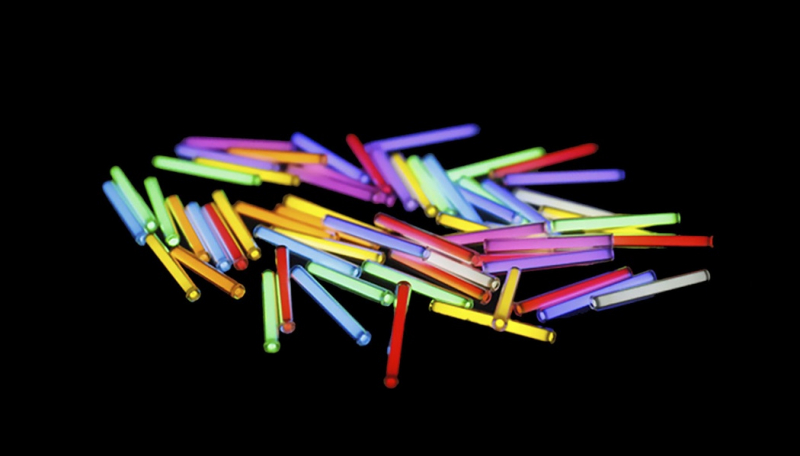Tritium
Tritium is a hydrogen isotope. "One of two or more forms of the same chemical element" is what isotopes are. Tritium is exceedingly uncommon on Earth in its natural state. The interaction of the atmosphere's gases with cosmic rays produces only trace quantities. It is a low-abundance byproduct of nuclear reactor normal operations and may be created artificially by irradiating lithium metal or lithium-bearing ceramic pebbles in a nuclear reactor. Despite allegations to the contrary, the isotope readily sells for $30,000 per gram or $13,607,760 per pound.
Three scientists, M.L. Oliphant, Ernest Rutherford, and Paul Harteck, discovered tritium in 1934. Tritium is now employed in radioluminescent lights for watches, gun sights, a variety of devices and gadgets, and even novelty products like self-illuminating key chains. It is utilized as a radioactive tracer in medical and scientific settings. In tokamak reactors and hydrogen bombs, tritium is employed as a nuclear fusion fuel alongside more plentiful deuterium.
Tritium is frequently found in water, so you may have some tritium in your system right now, especially if you live near a nuclear power plant. According to experts, this poses no health danger, and the substance departs the body within two months of intake.
Estimated Value: $30,000 per gram










